- Blog
- News
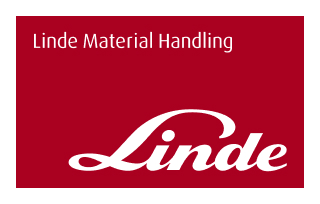

Workplace safety improvement is on the right trajectory in Australia, but progress in several areas has been slow and sometimes patchy. Unfortunately forklift safety is still one of the problem areas. Check the workplace safety websites for each state and you’ll find a common history of forklift safety issues. The records show there are three main causes of injuries and fatalities involving forklifts. Heading the list are fatalities and injuries which can be attributed to driver error, workers too close to the forklift, or inadequate traffic management.
Forklift loads also feature prominently in the statistics, principally when bystanders are hit by a forklift load because the driver did not use an appropriate attachment when one was needed. Assisting to adjust or steady loads has been the cause of multiple accidents. Finally, injuries and fatalities continue to occur in forklift tip-overs, because drivers were not wearing seatbelts. These tip-over incidents usually occur when operators are turning on uneven or sloping ground. There is good news however. Remedies to significantly reduce these seemingly intractable issues are readily available and, given what is at stake, can be implemented quite cost effectively. And while some of the technologically based solutions must typically wait on a fleet upgrade, others simply “bolt on” easily to existing forklifts.
With its long-term commitment to safety and technological innovation, Linde Material Handling unsurprisingly offers a full suite of safety solutions ranging from those engineered into its forklifts from the outset to those which can be specified by the customer at the time of purchase and those which can be retrofitted at any stage. To assist drivers and combat issues caused by driver error Linde’s solutions include its powerful Safety Pilot system, a Reverse Proximity Alarm and Automatic Travel Speed Control.
Linde’s Safety Pilot driver assistance system helps forklift drivers operate their equipment safely and efficiently while also making forklift trucks more comfortable and easier to drive. It does this by displaying a visual and acoustic warning when truck parameters are reaching their limit. This is breakthrough accident avoidance technology which allows the truck control unit to intervene and regulate truck functions to eliminate accidents. The operator uses a lift height preselector for precise control of lift height and can set lifting limits for preventing collision damage to ceilings or gates.
 Safety Pilot
Safety Pilot
Linde Safety Pilot ensures automatic truck deactivation in dangerous situations by disabling safety-critical lifting and tilting functions when a truck reaches maximum lifting capacity. It prevents operators exceeding permissible load weight by using instinct instead of the residual capacity diagram and eliminates accidents and damage due to excessive travel speed.The system supports the operator when handling loads at maximum rated weight range and provides lift-height dependent speed reduction as well as automatic load weighing and travel speed adjustment according to the load weight.
Linde’s Reverse Proximity Alarm is an acknowledgment of the restricted view to the rear in confined or obscured areas and of the driver’s often twisted posture when reversing, which can in turn lead to repetitive strain injuries. These issues can in turn result in less efficient work cycles, the risk of collisions, injuries and collateral damage. Advanced sensors and electronics in Linde’s Reverse Proximity Alarm combine to create an acoustic and visual operator warning system for the rear and sides of the truck. This triggers an automatic speed reduction response when an obstacle is detected and can be implemented to respond to pre-determined speed zones via individually adjustable speed reduction settings.
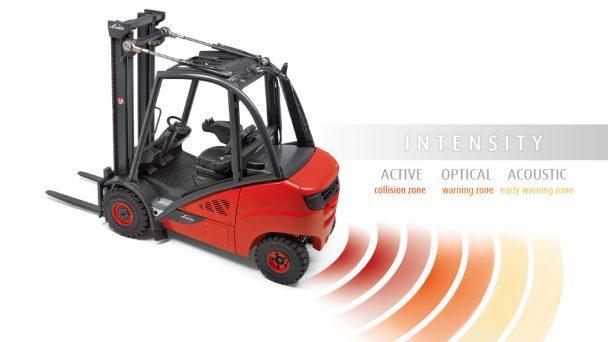 Reverse Proximity Alarm
Reverse Proximity Alarm
Experience has shown the system can minimize risk of accidents and injuries as well as potential damage to racks and handling equipment. A strain-free, ergonomic working environment which optimises productivity and cost efficiency is an additional benefit.
Inappropriate speed is a safety concern wherever it occurs. Too high travel speed in a forklift environment increases the risk of accidents, particularly in high traffic volume and unsighted areas. Sharp braking can cause loads to be shed and damaged while in severe instances there is the potential for the truck to tip over. Linde’s answer to this issue is implemented through two systems. Its Speed Assist system provides automatic speed limitation which is customer-adjustable for indoor and outdoor driving environments.
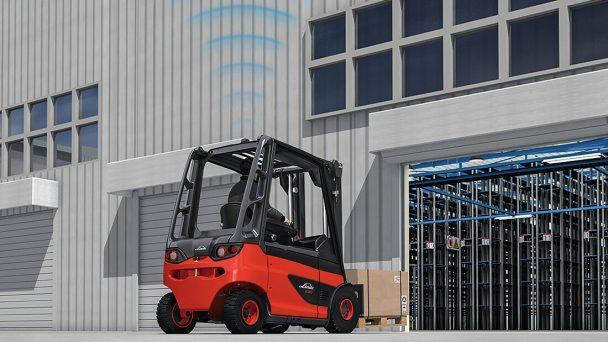 Automatic Travel Speed Control
Automatic Travel Speed Control
The advanced Linde Curve Assist system provides automatic, proportional speed adjustment when cornering to create a safer working environment for the operator and other personnel working nearby.Curve Assist automatically reduces the speed of the truck on corners in accordance with the steering angle, providing additional protection for the driver. For forklift safety issues related to loads, Linde has developed a two-pronged approach through its advanced Safety Pilot system and the equally effective Linde Load Management system.
An effective forklift load management system promotes safer working by protecting the operator, the load and the working environment. It is particularly effective in the prevention of tip-overs caused by excessive loading.
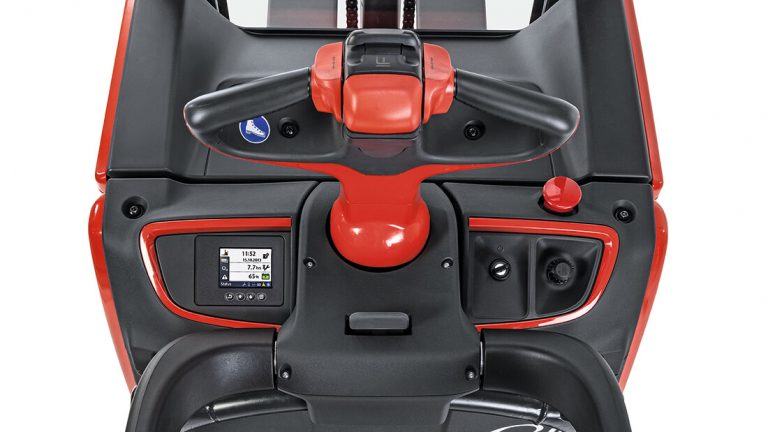 Load Management
Load Management
The Linde Load Management system automatically calculates residual capacity based on the height of the forks and the weight they are carrying. Visual and audible warning are provided in safety-critical conditions and speed reduction is applied in relation to the residual value and as the steering angle increases.
All of these technologies and systems bring the discussion to one of the most overlooked yet simple safety challenges – that of operators being killed or injured in a forklift tip-over. Once again Linde’s approach is multi-faceted and highly effective.
The Linde FleetFOCUS fleet management system has workplace health and safety at its very core. An electronic interlock prevents the driver starting the forklift without his or her seat belt on. It couldn’t be more simple. And if operator behaviour is still an issue, the Linde Safety Pilot and Load Management systems mentioned earlier prevent any forklift from tipping over no matter how sharp the driver turns or uneven/sloping ground.
Although Linde has a long established reputation for innovation and clever implementation of technology, its true strength has always been its ability to select the appropriate, user friendly solution for any challenge. There is no better example of this than Linde’s simple BlueSpot solution for pedestrian and vehicle workplace safety. This high-intensity, low-consumption BlueSpot LED light warning system is available in two versions for pedestrian and vehicle workplace safety on driving paths and at junctions where visibility is poor.
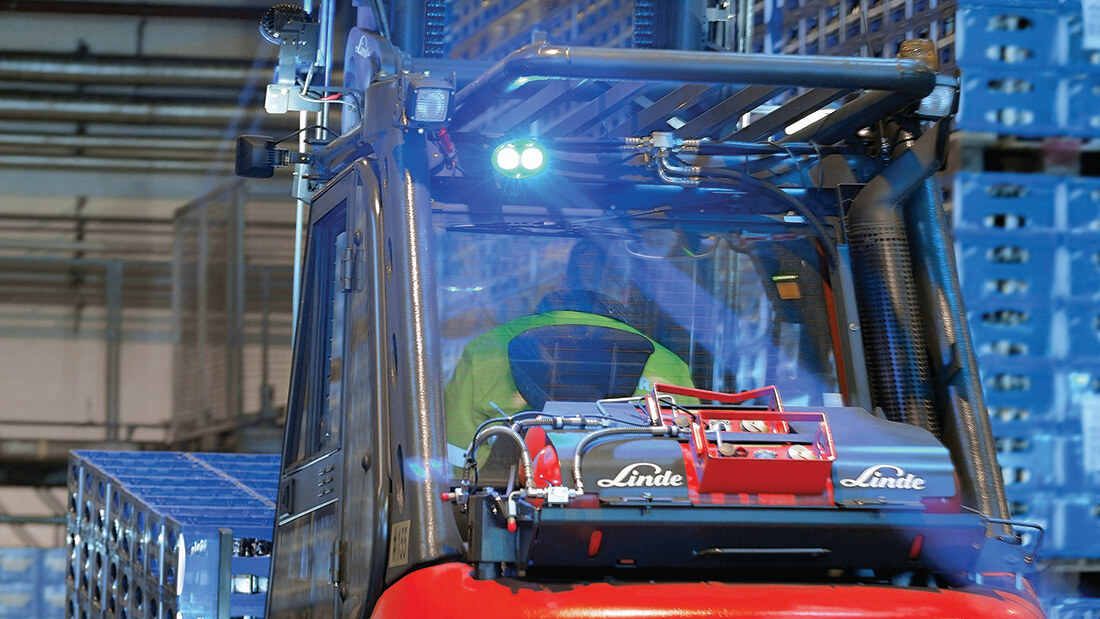 BlueSpot
BlueSpot
BlueSpot consists of just two energy-efficient LED lights attached to the top of the driver's protective roof frame, projecting a large, bright blue spot onto the floor several metres ahead of the vehicle in the direction of travel. Their LED technology is not susceptible to shocks or vibrations, and enables a long service life for the lights which are also dustproof and waterproof.
A BlueSpot “directional” variant which projects a blue arrow onto the floor, indicating the drive direction of the approaching truck, is also available and either alternative can be fitted or retrofitted to narrow aisle trucks and reach trucks as well as counterbalance forklifts. No additional infrastructure is required, so the need to install sensors, dedicated cabling or lights and the complications of retro-fitting in existing facilities are all avoided. Pedestrians or other forklift operators can quickly identify the direction of approaching vehicles, ensuring safety in aisles as well as in unclear cross-over areas. The Linde BlueSpot system’s very bright and long-lasting LED lights can be lit up constantly or can be set to flash in order to attract attention. Throughout Australia an increasing number of business are finding the system ideal for use around doors, exits, crossings and blind corners where forklifts, warehouse trucks and pedestrians share common work spaces in storage, incoming goods, dispatch or manufacturing areas.
Of course the safety issue focus inevitably returns to the driver, a situation which has prompted Linde to source and co-ordinate a full suite of best-practice Operator Training / Assessments which are currently subject to a 100% government rebate for eligible customers*. *As there is no expiry date for this government rebate it could be discontinued at any time, without notice. Businesses intending to take advantage of the current incentive are urged to act promptly. For more information call 1300 135 463
The Linde Safety Guard uses warning zones to reduce the risk of accidents. Transmitters are positioned on industrial trucks, walls, racking and even carried by the personnel themselves. This facilitates rapid detection and early warning of hazardous situations. If a pedestrian and a truck look likely to collide, then both the industrial truck and the pedestrian are warned simultaneously. A receiver in the truck indicates how many pedestrian personnel are approaching the danger zone and from which direction. Pedestrians are warned by the transmitter they have on their person. This also works through walls and racking.
Speed restriction zones can also be pre-defined and programmed, so that the system automatically reduces the truck‘s speed in these zones and also warns the truck operator. This minimises accidents between trucks and personnel in areas such as production, order- picking areas, and busy intersections for example.
 Portable Unit Proximity detection and collision avoidance assistance system
Portable Unit Proximity detection and collision avoidance assistance system
All this is only possible because the Linde Safety Guard system is able to detect marked objects or personnel with a position accuracy of ten centimetres and the warning zones are individually adjustable. This level of precision also minimises false alarms.
Moreover, a broadband radio signal in the 4 GHz range (UWB) enhances reliability by reducing the likelihood of interference from Wi-Fi, Bluetooth or RFID. The system can be adapted to meet a range of security requirements. It consists of individual modules and can be tailored to the respective risk situation on individual sites.